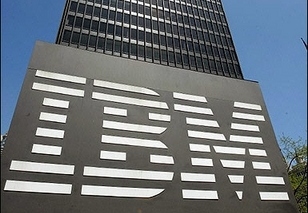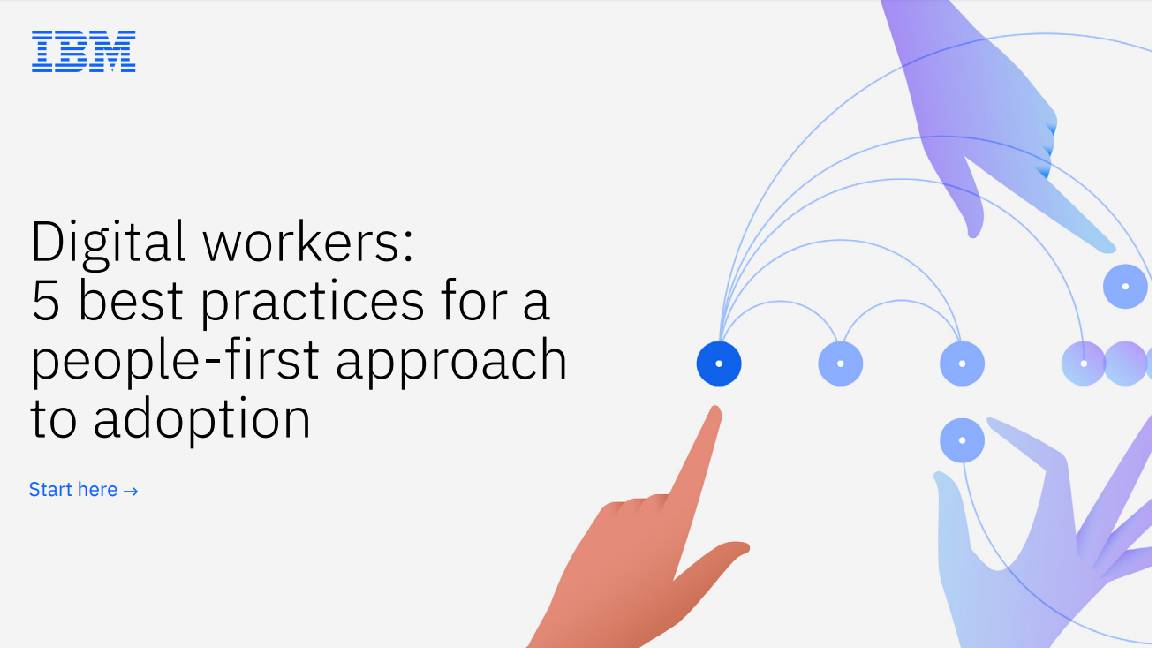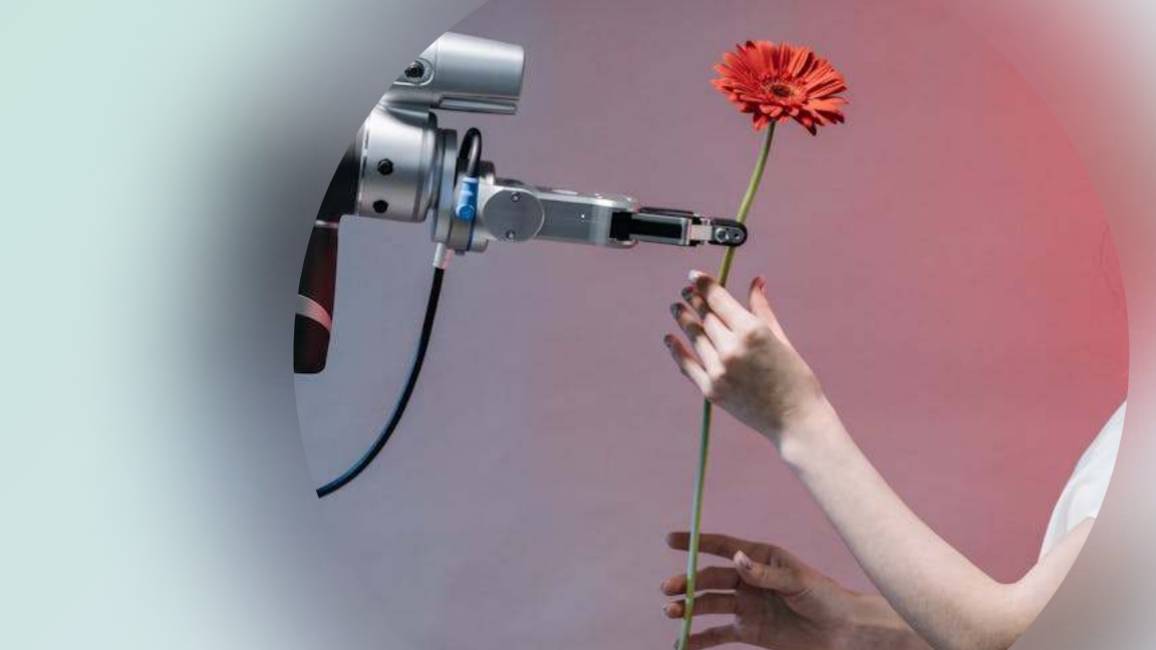Building innovation, a generation at a time
Inside the enterprise: We should remember that today's technology and social media builds on what came before.

What turns an idea into a product, and a product into a success? When it comes to technology, the answer could be technology itself.
There is a long history of new technologies being built on the foundations of the older generation. Large parts of Britain's early rail network were built, literally, on top of filled-in canals. Even today, new cars are delivered by rail, and parts of new Airbus planes are ferried around by boat and truck between the UK, Germany, and France.
But in the world of software and online services, that process is far more rapid. So rapid, in fact, that today's social media brands owe their success largely to the social media networks that went before.
Research carried out by MIT has found that Twitter owes much of its rapid growth to older social networks, and to conventional media. The academics studied Twitter's growth trajectory between 2006 and 2009, looked at data from 16,000 US cities, and looked more deeply at 408 cities with the largest number of Twitter users.
The MIT team found, unsurprisingly, that Twitter grew fastest in cities such as Boston and San Francisco, known for their tech-savvy populations. But the next wave of Twitter users clumped together in towns and cities near to those technology hubs. This, researchers believe, showed that Twitter use was spreading not through some hi-tech jungle telegraph, but by word of mouth.
But the really big boosts to Twitter came from a combination of social media, and conventional media. Researchers correlated the growth in Twitter use to news stories about the site, using data generated by Google News. They found spikes when US actor Ashton Kutcher challenged CNN to see who reached the one million followers milestone first; another spike followed when Oprah Winfrey sent her first Tweet.
The MIT team calculate that Twitter grew four times as fast, as a result of attention from "old media", including newspapers and TV, than it might otherwise have done. And "as recently as 2009, location-based social networks and media attention still held sway over computer-based social networks," said MIT.
Get the ITPro daily newsletter
Sign up today and you will receive a free copy of our Future Focus 2025 report - the leading guidance on AI, cybersecurity and other IT challenges as per 700+ senior executives
Whether that would apply now MIT only studied data to 2009 is another question. Increasingly new web services and social networks spread through services such as Twitter, or Facebook, or BBM. And there are plenty of start ups that are building their technologies quickly (and cheaply) on the previous generation of start ups and innovations: think Amazon Web Services, Google Docs, or even Salesforce.com.
Steam punks and cyber warriors alike should remember that each new innovator builds on the last "next big thing", and each inventor builds on the work done by the previous generation, whether the Brunels and Stephensons, or Tim Berners-Lee's team at CERN.
As we move into 2012, spare a thought for those who made the innovations of 2011 possible. Happy Holidays.
-
 The UK government wants quantum technology out of the lab and in the hands of enterprises
The UK government wants quantum technology out of the lab and in the hands of enterprisesNews The UK government has unveiled plans to invest £121 million in quantum computing projects in an effort to drive real-world applications and adoption rates.
By Emma Woollacott Published
-
 Netgear WBE710 review
Netgear WBE710 reviewReviews The compact WBE710 delivers great cloud management features and a good turn of Wi-Fi 7 speed – but it does have a premium price tag
By Dave Mitchell Published
-
 Fit for artificial intelligence
Fit for artificial intelligencewhitepaper Ensure data availability to applications and services with hybrid cloud storage
By ITPro Published
-
 Fit for AI
Fit for AIwhitepaper Ensure data availability to applications and services with hybrid cloud storage
By ITPro Published
-
 Five key orchestration capabilities to achieve AI value at enterprise scale
Five key orchestration capabilities to achieve AI value at enterprise scalewhitepaper Realize ROI through greater productivity and better business outcomes
By ITPro Published
-
 Empowering enterprises with AI: Entering the era of choice
Empowering enterprises with AI: Entering the era of choicewhitepaper How High Performance Computing (HPC) is making great ideas greater, bringing out their boundless potential, and driving innovation forward
By ITPro Last updated
-
 Reinventing procurement
Reinventing procurementWhitepaper From cost center to innovation driver
By ITPro Last updated
-
 Digital workers: Five best practices for a people-first approach to adoption
Digital workers: Five best practices for a people-first approach to adoptionwhitepaper Realize ROI through greater productivity and better business outcomes
By ITPro Last updated
-
 AI-assisted mainframe application modernization
AI-assisted mainframe application modernizationWebinar Solve application modernization challenges with generative AI
By ITPro Published
-
 The language of innovation
The language of innovationwhitepaper Why and how to gain your customers’ trust with your AI and digital transformation strategy
By ITPro Published